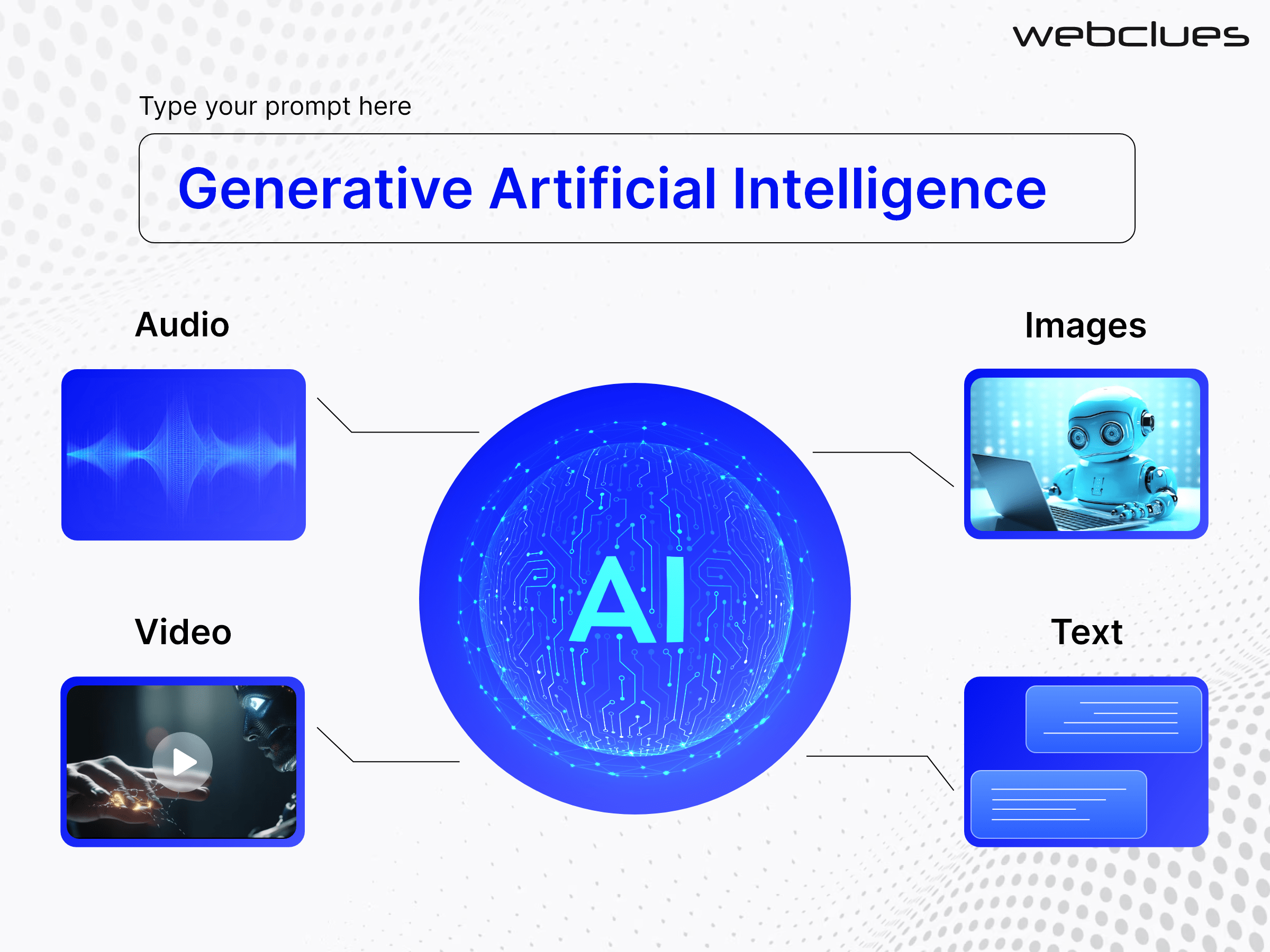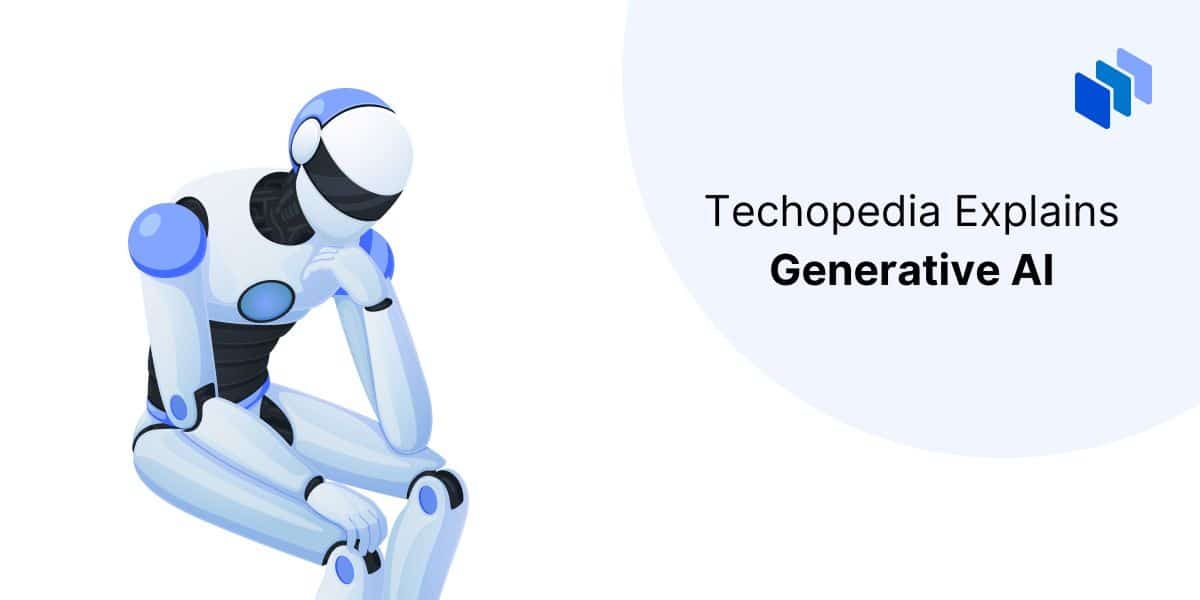All Categories
Featured
Table of Contents
Pick a device, then ask it to complete a job you would certainly give your pupils. What are the outcomes? Ask it to revise the job, and see exactly how it reacts. Can you recognize feasible areas of worry for academic honesty, or opportunities for trainee understanding?: How might students utilize this modern technology in your course? Can you ask pupils just how they are currently making use of generative AI tools? What clarity will pupils require to compare suitable and unacceptable uses of these devices? Think about exactly how you could change tasks to either incorporate generative AI right into your training course, or to identify locations where pupils might lean on the innovation, and turn those locations into chances to motivate deeper and extra important thinking.

Be open to proceeding to discover more and to having continuous discussions with associates, your department, people in your technique, and even your pupils about the effect generative AI is having - AI virtual reality.: Determine whether and when you want pupils to utilize the modern technology in your courses, and clearly connect your parameters and expectations with them
Be clear and direct concerning your expectations. Most of us desire to dissuade trainees from using generative AI to finish tasks at the expense of learning crucial abilities that will impact their success in their majors and occupations. We 'd additionally like to take some time to focus on the opportunities that generative AI presents.
We likewise suggest that you consider the accessibility of generative AI devices as you explore their potential uses, particularly those that pupils might be needed to interact with. It's crucial to take right into account the ethical factors to consider of utilizing such devices. These topics are essential if considering utilizing AI tools in your job layout.
Our goal is to sustain professors in enhancing their training and discovering experiences with the most current AI modern technologies and tools. We look onward to giving numerous opportunities for expert development and peer discovering.
Ai-driven Marketing
I am Pinar Seyhan Demirdag and I'm the co-founder and the AI director of Seyhan Lee. Throughout this LinkedIn Learning training course, we will certainly speak about just how to use that tool to drive the creation of your purpose. Join me as we dive deep right into this new creative transformation that I'm so fired up regarding and let's uncover together exactly how each people can have a place in this age of advanced innovations.
It's how AI can forge connections among seemingly unconnected collections of information. Just how does a deep knowing version make use of the neural network concept to attach data points?
These nerve cells make use of electric impulses and chemical signals to connect with each other and transfer information in between different areas of the mind. A synthetic semantic network (ANN) is based on this organic phenomenon, yet created by artificial neurons that are made from software application modules called nodes. These nodes make use of mathematical estimations (rather than chemical signals as in the brain) to interact and transfer details.
What Is The Significance Of Ai Explainability?
A large language version (LLM) is a deep understanding design trained by using transformers to a huge collection of generalised information. LLMs power a number of the popular AI conversation and message devices. Another deep understanding technique, the diffusion model, has actually proven to be a great suitable for picture generation. Diffusion designs learn the process of transforming an all-natural photo right into blurred visual sound.
Deep knowing versions can be described in criteria. A simple credit prediction design trained on 10 inputs from a car loan application kind would have 10 criteria. By comparison, an LLM can have billions of criteria. OpenAI's Generative Pre-trained Transformer 4 (GPT-4), among the foundation models that powers ChatGPT, is reported to have 1 trillion specifications.
Generative AI refers to a group of AI formulas that create brand-new results based on the information they have been trained on. It makes use of a kind of deep learning called generative adversarial networks and has a wide variety of applications, consisting of producing images, text and audio. While there are concerns regarding the influence of AI on the task market, there are likewise prospective benefits such as releasing up time for people to focus on even more creative and value-adding job.
Excitement is building around the opportunities that AI devices unlock, but what specifically these devices are capable of and exactly how they function is still not commonly understood (Voice recognition software). We could cover this carefully, however given just how advanced tools like ChatGPT have actually ended up being, it only seems appropriate to see what generative AI has to claim regarding itself
Without further ado, generative AI as explained by generative AI. Generative AI technologies have actually blown up into mainstream awareness Photo: Aesthetic CapitalistGenerative AI refers to a classification of man-made knowledge (AI) algorithms that create brand-new outcomes based on the information they have actually been trained on.
In simple terms, the AI was fed information concerning what to compose around and after that created the short article based on that info. In verdict, generative AI is a powerful tool that has the prospective to revolutionize several sectors. With its ability to produce brand-new material based upon existing information, generative AI has the potential to alter the method we produce and consume material in the future.
Ai Project Management
The transformer architecture is much less fit for various other kinds of generative AI, such as photo and audio generation.

A decoder can then utilize this pressed depiction to rebuild the initial information. As soon as an autoencoder has been trained in this method, it can use novel inputs to generate what it thinks about the proper outcomes.
With generative adversarial networks (GANs), the training includes a generator and a discriminator that can be taken into consideration enemies. The generator strives to develop reasonable information, while the discriminator aims to compare those generated outputs and genuine "ground reality" outputs. Whenever the discriminator catches a created output, the generator utilizes that responses to attempt to boost the high quality of its results.
When it comes to language models, the input includes strings of words that compose sentences, and the transformer anticipates what words will certainly follow (we'll enter the details listed below). Furthermore, transformers can process all the elements of a series in parallel instead of marching via it from beginning to end, as earlier kinds of designs did; this parallelization makes training quicker and much more reliable.
All the numbers in the vector represent numerous facets of the word: its semantic significances, its partnership to other words, its regularity of use, and so on. Similar words, like elegant and elegant, will have comparable vectors and will certainly additionally be near each other in the vector space. These vectors are called word embeddings.
When the version is generating message in response to a timely, it's using its anticipating powers to determine what the next word ought to be. When creating longer items of message, it predicts the next word in the context of all words it has actually created thus far; this function enhances the comprehensibility and continuity of its writing.
Latest Posts
Can Ai Improve Education?
How Does Facial Recognition Work?
What Is Reinforcement Learning?